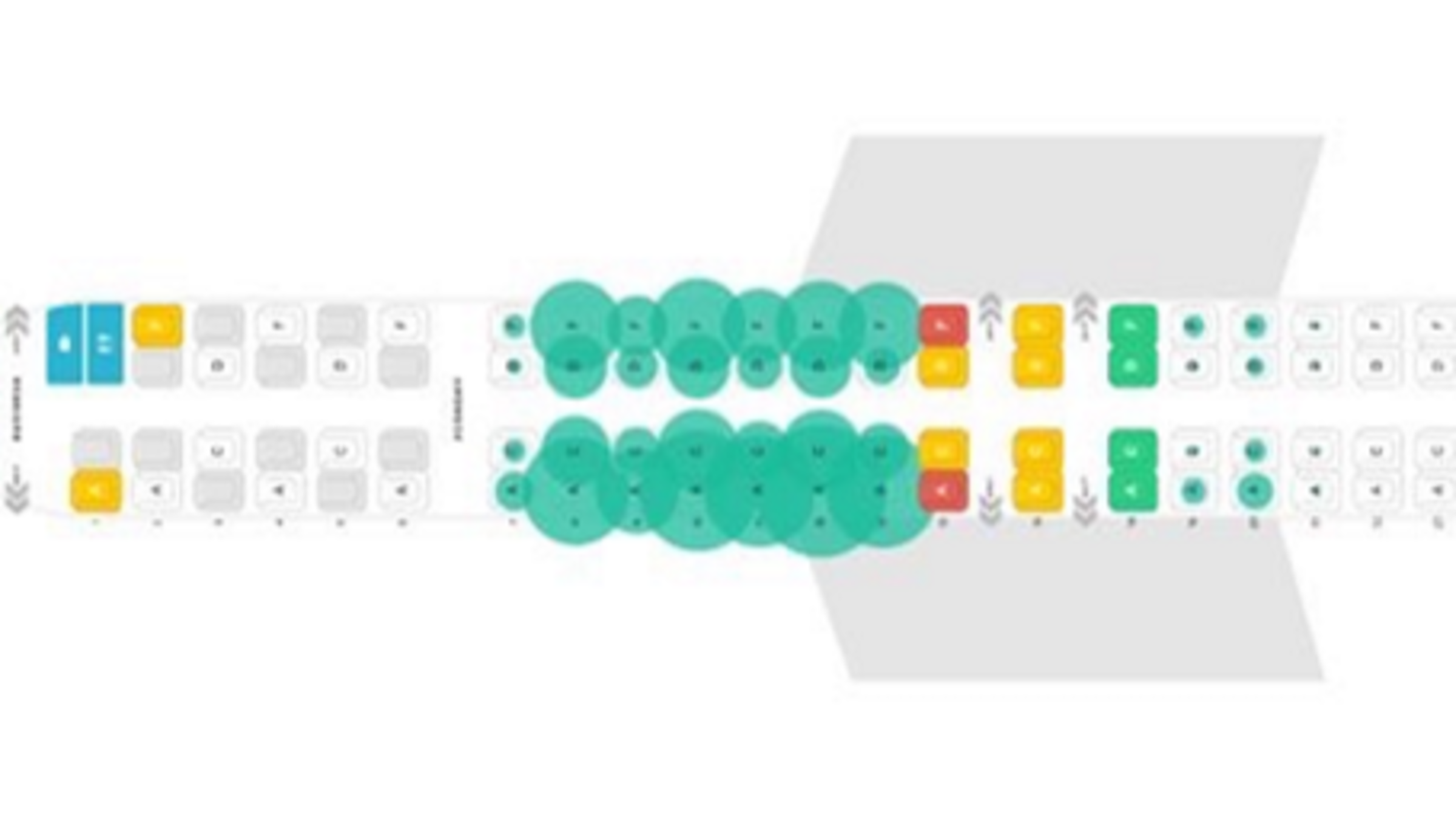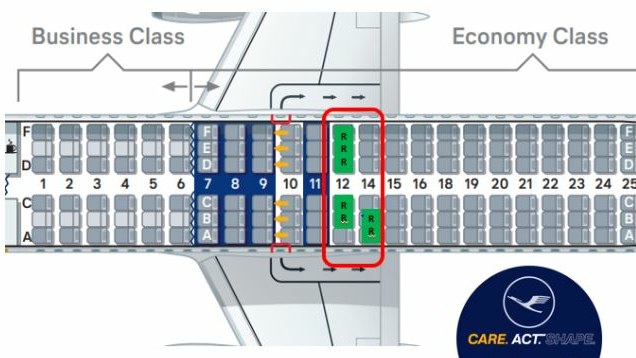Anyone booking a flight with a transfer hopes that the transfer will run smoothly. Depending on departure times and the distances between gates, it can be difficult for passengers to reach their connecting flight with a minimum connection time.
This can lead to delays on outbound flights and dissatisfaction among passengers who miss their connecting flight.
The SWISS project team wanted to reduce the number of missed connecting flights, outbound delays and disruption costs (e.g. hotel stays, meal vouchers) and reduce operational complexity by assigning customers with a short connection time a seat at the front of the cabin so that they can leave the aircraft faster and have more time for the connecting flight. They developed the pre-seating robot that checks the connecting time of all Economy Class passengers traveling onward 72 hours before departure. If it is no more than ten minutes above the minimum connecting time, the guest in question - provided he or she has not reserved a seat - is assigned an optimized seat. This gives customers more time to reach their connecting flight.
A test run in Frankfurt from March to June 2023 showed that the use of the Seating Robot is definitely paying off: 60,000 passengers per month received an optimized seat, which corresponds to a rate of 8 % of all connecting passengers. Three out of four passengers accept the suggested seat and thus have a better chance of reaching their connection in time.
Following the successful introduction by SWISS for the Zurich hub in 2016, the robot was deployed in the Frankfurt, Munich, Brussels and Vienna hubs in 2023. The next step for the pre seating robot is to deploy it to the outstations, this is planned for a roll out in the first quarter of 2024.



